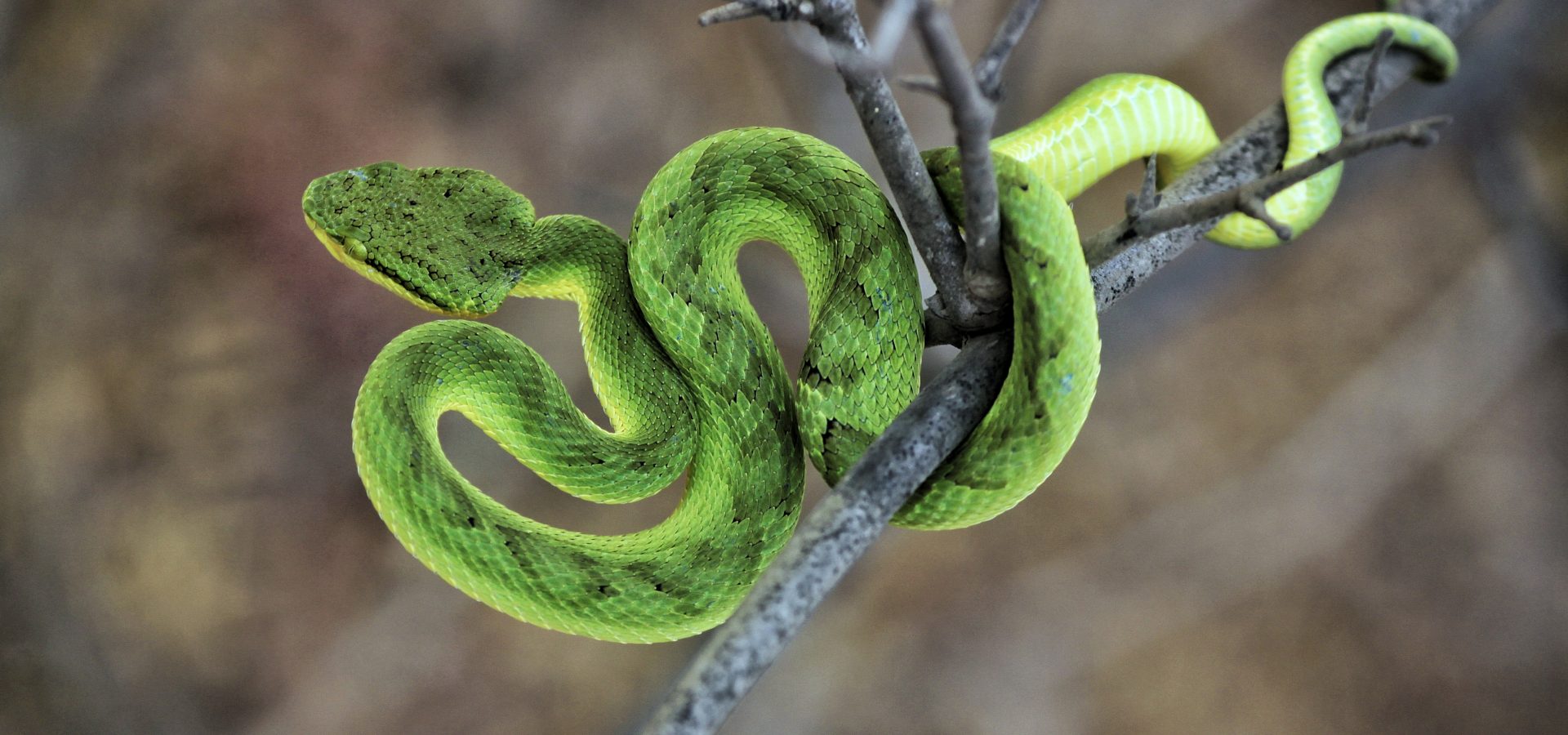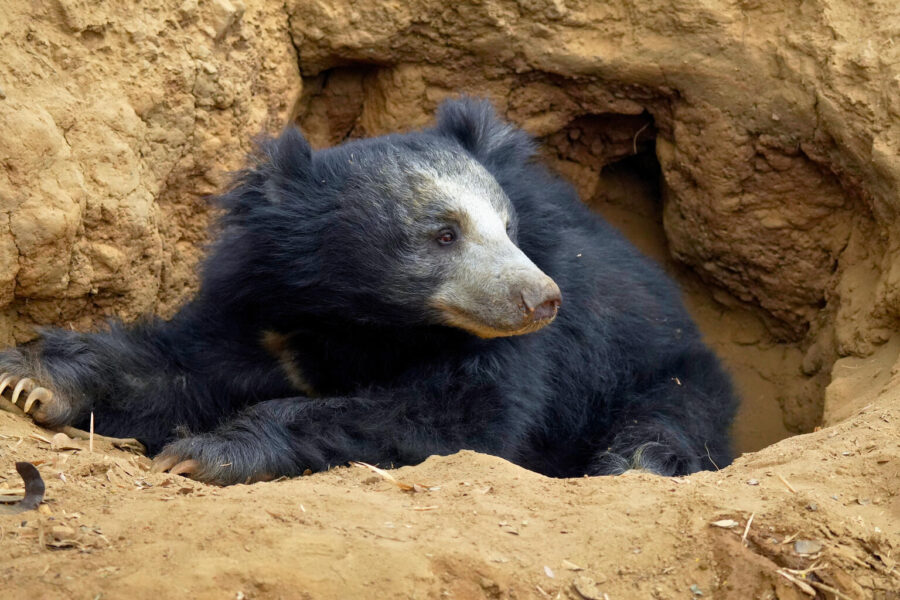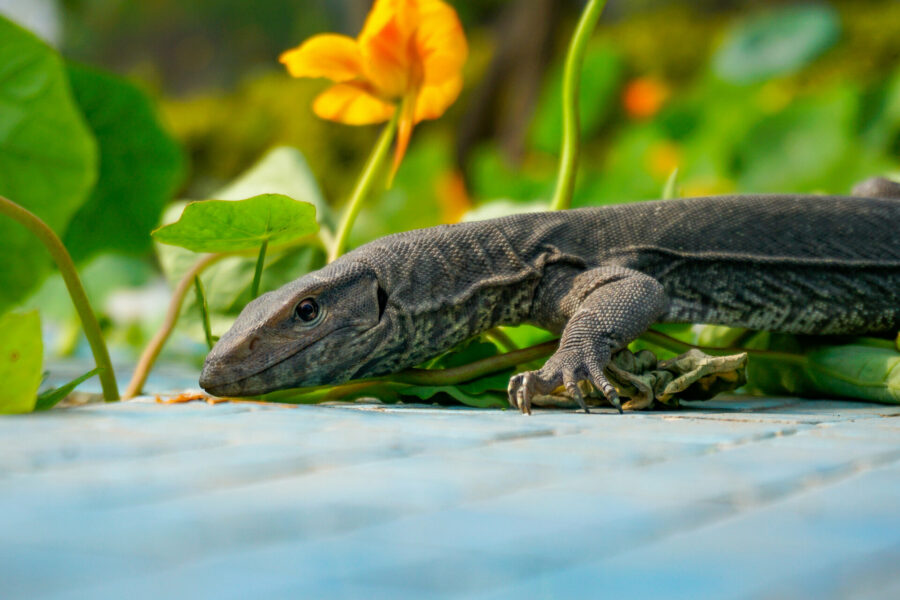When we think of an animal, we tend to put together a picture of a furry-creature in our heads. But there are many others who, instead of having fur or feathers, have scales! Remember when we were asked to sketch a fish as kids, we would design tiny arc-like structures on the fish’s body? Well, those are scales! Not only fish, but numerous animals — living in water, on land, or flying high up in the skies — have an array of spectacular structures on their bodies.
Scales are plate-like structures that originate from, and are found on, the animals’ skin itself. While some are rounded, others may be serrated. Not all are hard, some may even be pliable. They are made up of some sturdy elements including enamel, collagen, dentin, and keratin. These materials provide scales with strength and ability to survive in the wild against danger.
Pangolins
Aptly known as the ‘scaly anteaters’, pangolins are the only mammals completely covered in scales. The overlapping scales of the animal serve the purpose of protecting them in the wild. When predators like tigers approach pangolins, they roll up in a ball, and rely on their keratinous scales as a mechanism for self-defence. The elliptical-shaped structures overlap the next one, resulting in the animal having a sturdy build that is hard to puncture and easy to heal. In fact, their name in Malay language, which is ‘pengguling’, literally translates to ‘something that rolls up’!
Unfortunately, these structures are the cause of their being trapped and poached in massive numbers. Poachers are able to easily capture pangolins with the use of nets and traps, making it one of the most trafficked and endangered species which is constantly fighting for survival. They are considered a delicacy across China and Vietnam and are also used in traditional medicine across Africa and Asia. Scales are crafted into ornate artefacts like finger rings, charms, and amulets. These reasons have caused a burgeoning demand for pangolins in the international black market.
Butterflies and Moths
Butterflies and moths fall under the insect group called Lepidoptera, which in Greek means ‘scaly wings’. Their membranous and rather delicate wings are covered with minute scales to which they owe their colouration.
Butterfly and moth wings comprise scales that are made up of thin layers of hardened protein called chitin. They reflect light and provide various hues to the wings. The arrangement of scales is also thought to reduce the amount of energy the insect spends on flight. For moths, they offer a natural defence against predation by bats — their uneven and serrated structure of makes them difficult to be located by the sonar emission of bats. It has also been found that the wing scales help regulate butterflies’ body temperature appropriately for the insect to function.
Fish
Fish scales serve multiple purposes— from a smooth swim in the water to enabling it to camouflage. They are made of enamel and dentine, two of the hardest animal tissues. Scales in fish exist in 4 forms, namely, placoid, ganoid, cycloid, and ctenoid. While bony fish have cycloid and ctenoid, cartilaginous fish like sharks, have placoid. It is possible to estimate the age of a fish by counting the number of bands (or rings) on a fish’s scale.
Most fast swimming sharks are known to have overlapping structures, while the slow swimming ones have non-overlapping ones. They reduce turbulence of the water for the fish, which in turn lessens drag while swimming through waters. For many fish, scales even protect them from attack by predators due to their resilient structure.
Reptiles
Reptile species like lizards and crocodiles are well known for their armoured skin. They are covered in tough scales made of keratin, a protein that makes up hair and nails of vertebrates. Arranged in an overlapping pattern, they shield the animals from any predators or the environment. They even help camouflage and provide a warning ability to animals. For instance, rattlesnakes have a set of dead scales at the end of their tail that they vibrate to create a rattling noise and deter predators. In fact, most reptiles are known to shed their scaly skin periodically and grow new one.
Scales on a snake’s body reduce friction as it serpentines on the ground, while also providing grip. Numerous lizard species also have scales on their feet, which facilitate their easy movement to climb on surfaces. Chameleons, for example, have scales that can change colour according to their mood and their surroundings. Gharials, the fish-eating crocodiles, have scales that are sensitive to even the slightest motion in the water and help them detect prey easily. Reptiles that live in arid regions also utilise these structures to retain moisture and prevent dehydration. Even turtle shells are made of modified scales, called scutes. These plates protect the animal and deter predation.
Birds
While one may associate only feathers as the protective covering for birds, they do have scales too! These structures can be found on bird toes, feet, and even ankles that help in preventing water loss. Moreover, they also protect birds from any form of wear and tear that may come along by perching on trees. They are made of the same material, keratin, as their beaks, claws, and spurs. Scientists that are studying bird evolution have discovered that tissues that produce scales in reptiles are similar to those tissues that result in feathers of birds.
Scales are without a doubt biologically critical and fascinating to study. Now we know that they serve a purpose of being more than just a protective exoskeleton. Find more such interesting content on wildlife in the Wildlife SOS newsletter. Subscribe now!





